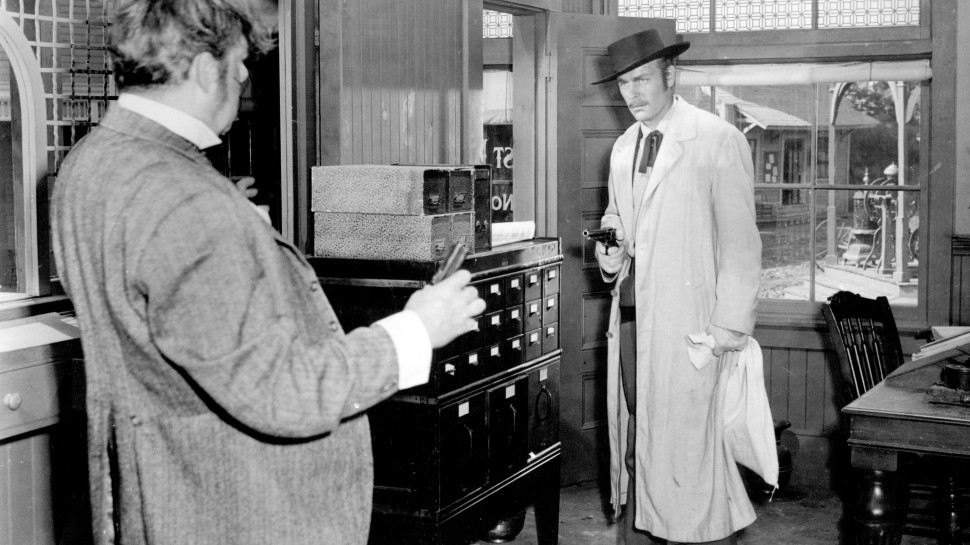
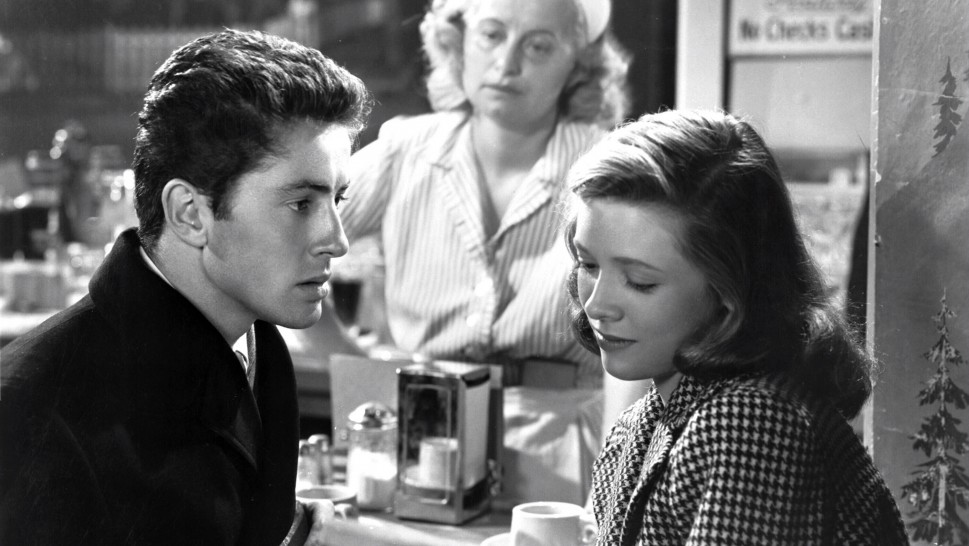
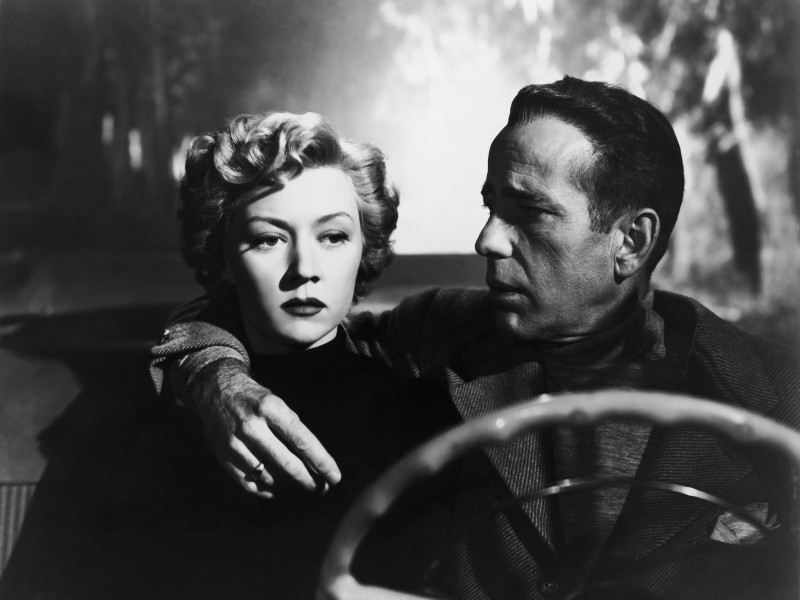
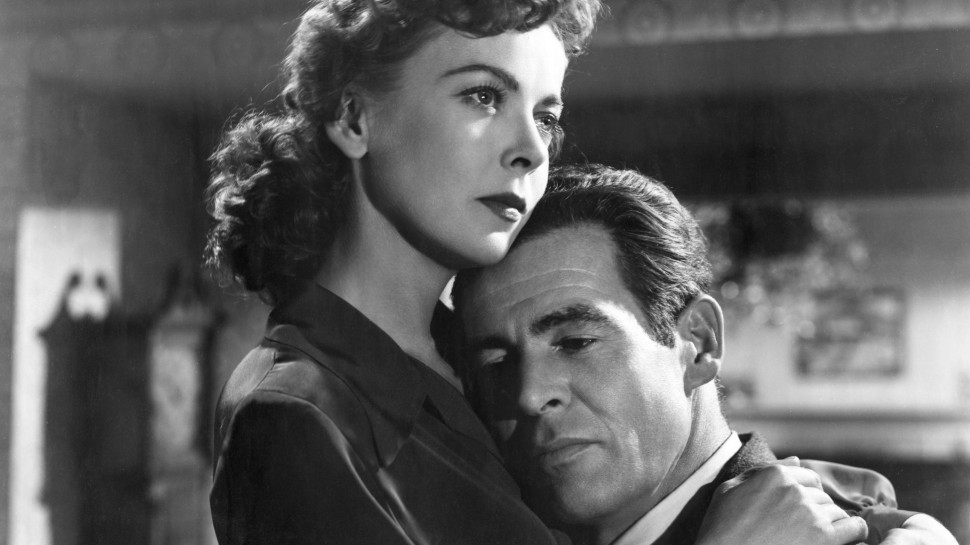
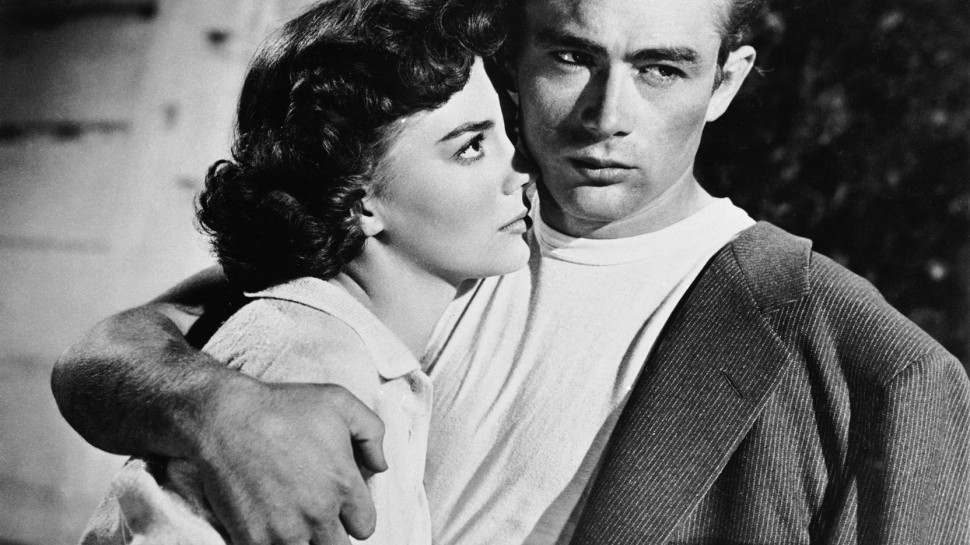
Nicholas Ray. Hollywood's Last Romantic
Canonized as one of postwar American cinema’s supremely gifted and ultimately tragic filmmakers, Nicholas Ray (1911-1979) was an artist whose candle burned from both ends with furious energy and inspiration. Ray’s films are among the most heartfelt and disarmingly authentic works of the Hollywood studio era, intimate portraits of indelibly three-dimensional characters and lyrical intimations of loneliness and loss. Above all, Ray’s cinema glows with an ardent humanism, a passionate sympathy for the most vulnerable underdogs, those wounded loners and outcasts who stumble nobly across his films. First appreciated by the French directors and critics affiliated with Cahiers du cinema – and especially revered by a young Jean-Luc Godard – Ray was embraced as a cult director, crowned as auteur and celebrated for the searing romanticism, eccentric visual style and single-mindedness which would force him into one conflict too many with the Hollywood establishment. Each of Ray’s films became increasingly hard won victories until finally he was banished from the studios’ kingdom to become himself one of the lonely wanderers who had so captured his imagination.
Born Raymond Nicholas Kienzle in LaCrosse, Wisconsin, Ray spent formative months during 1931 as an apprentice to Frank Lloyd Wright in the first class of the architect’s newly founded utopian school of Taliesin. A subsequent move to New York City brought Ray in contact with the vibrant left-wing theater movement and the influential Theater of Action, an experimental itinerant company who welcomed Ray into its “Shock Troupe” and its ambitious program to transform Soviet theory and agit-prop stage techniques into plays that spoke directly to the working class. Soon after Ray joined the ranks of the Federal Theater Project, where he worked closely with Joseph Losey, John Houseman and Elia Kazan. The intense experience of communal living with the companies, the raw, naturalist performance style pioneered by the radical theater and of the fiery, politically outspoken productions themselves would ignite lifelong passions. During this time Ray’s interest in rural America and American folk culture were deepened by his friendship with the pioneering folklorist Alan Lomax, with whom Ray traveled into the nation’s heartland, gathering important field recordings of American vernacular songs for the Library of Congress. Together with Lomax, Ray also co-produced a pioneering folk music radio program featuring such luminary guests as Leadbelly, Woody Guthrie, Burl Ives and Pete Seeger.
In 1944 an invitation from Elia Kazan wooed Ray to Hollywood to work as an uncredited assistant and apprentice on Kazan’s first film, A Tree Grows in Brooklyn. Two years later Houseman would bring Ray to RKO just as that studio entered the tumultuous and destructive reign of Howard Hughes. Oddly enough, the timid Ray was given safe sanctuary by Hughes, who treated him as a protégé of sorts, protecting the young director from the Communist witch hunts whose fires Hughes fanned and encouraging Ray to direct the six features for the studio that would establish his career. These include Ray’s luminous film debut, They Live By Night, and his early masterpieces, On Dangerous Ground and The Lusty Men, films about lonely outsiders that each, in their own way, embody Ray’s ideal, forged by his Depression-era experiences, of art designed to give voice and dignity to the disenfranchised and marginalized. Ray spent much of the 1950s working steadily in Hollywood, directing the series of visually and emotionally soaring masterworks for which he is best remembered today – In a Lonely Place, Johnny Guitar, Rebel Without a Cause and Bigger Than Life – any of which by itself would have affixed Ray’s star high among the firmament of film history. Yet the larger budgets and responsibilities which were gradually handed Ray became increasingly onerous as he developed a serious dependence on drugs and alcohol and a reputation as unreliable and unstable. Eventually unable to find work in the States, Ray made two epic and ambitious films in Spain – King of Kings and 55 Days at Peking – before retiring from commercial filmmaking altogether. Ray spent the 1970s teaching, including a tenure at the State University of New York in Binghamton, where he was lauded as an eccentric and brilliantly original savant and where he directed a series of highly experimental films in collaboration with his students. Towards the very end of his life, as he was dying of cancer, Ray’s stubborn efforts to direct a final film were captured by Wim Wenders and transformed into the remarkable Lightning Over Water, which was released after Ray’s death.
Like many of the greatest Hollywood directors, Ray was incredibly versatile and able to work in a wide range of studio assignments and distinct genres – the Western, the police procedural, the juvenile delinquent film, the Biblical epic – without ever dulling the sharp edge of his innovative visual style nor loosening the intimate contract that he forged with his actors. Ray credited his brief apprenticeship with Frank Lloyd Wright for instilling in him “a love of the horizontal line” which would serve him well working in CinemaScope, a format he understood intuitively and was able to exploit to marvelous effect. Ray’s frequently explored themes of individuality besieged by conformity and the restless search for home are most vividly expressed through mise-en-scene, animated by his rare ability to transform interior space – the planetarium in Rebel Without a Cause, the igloo in The Savage Innocents – into an organic extension of a character’s state of mind and imbuing his films with a glistening depth of meaning and emotion. Ray’s keen attention to detail allowed him to transform objects – James Dean’s red jacket, Robert Ryan’s football trophies in On Dangerous Ground – into fascinating icons that float with resonant symbolism. With his discovery of color, Ray’s visual style took a volatile turn, embracing bold saturated hues that intensify the highly emotive, almost operatic performance style of his mid-to-late career films. With Johnny Guitar, Party Girl and Hot Blood, Ray used color and complex mise-en-scene to transform genre formulas into lurid tone poems, abstract choreographies of violence and passion. The unceasing critical adulation of Ray’s iconic and deeply influential films of the Fifties has resulted in the under-appreciation of his longer career and the frequent dismissal of important films such as Run for Cover, Wind Across the Everglades, Party Girl and King of Kings as merely eccentric genre films. This retrospective offers a corrective, a much needed opportunity to reassess the larger arc of the urgent, visionary cinema of a brave artist whose restless, self-destructive artistry created one of the great enduring legacies of the late studio era.

























